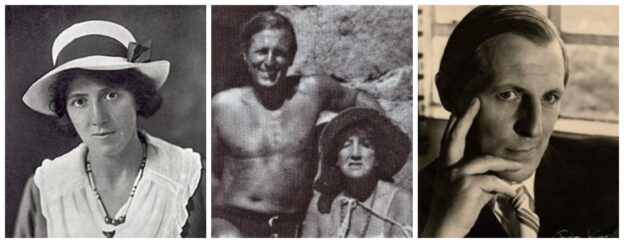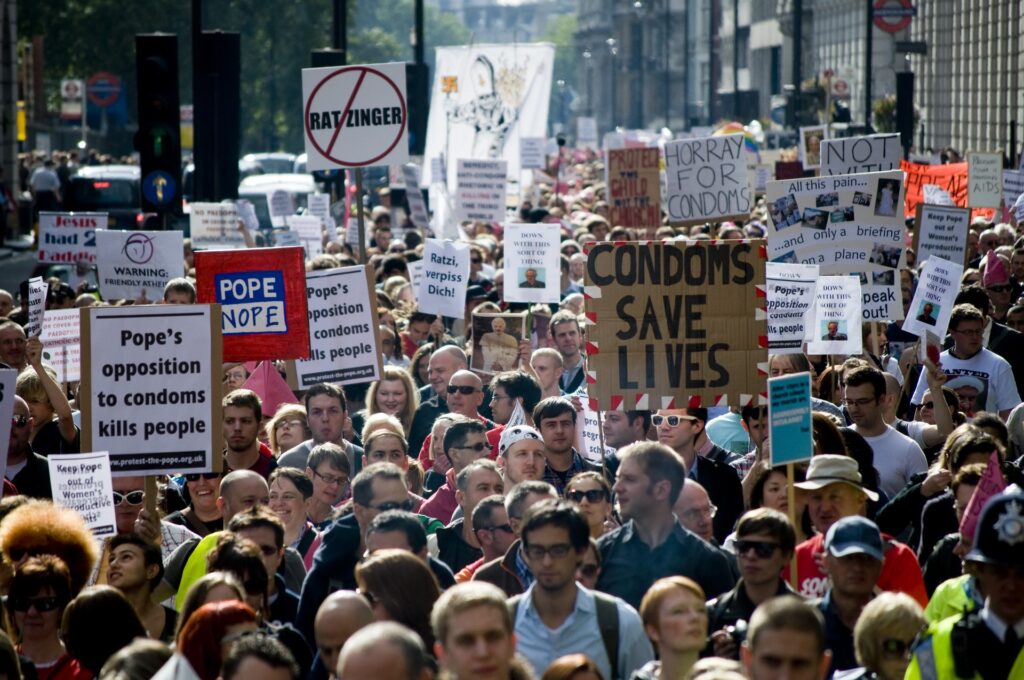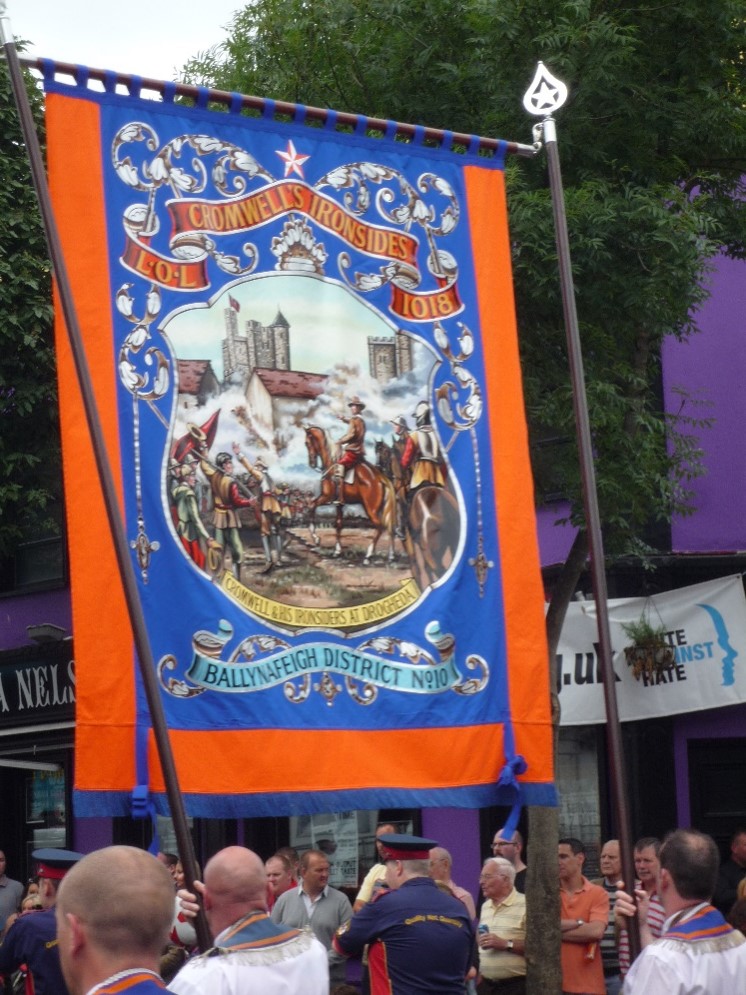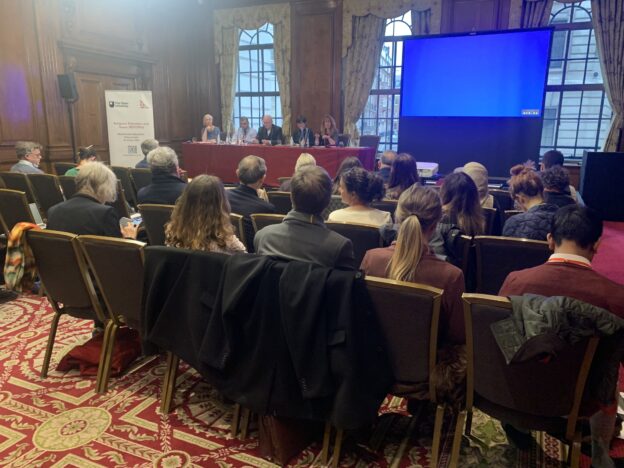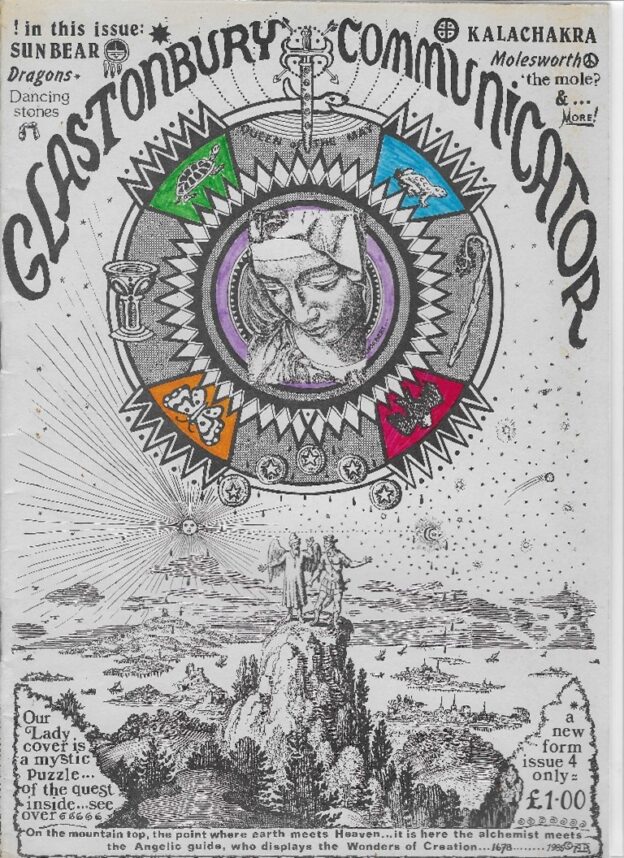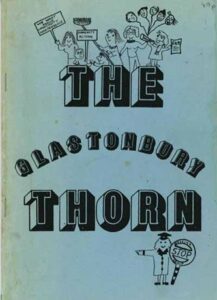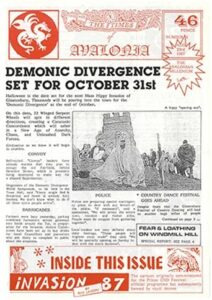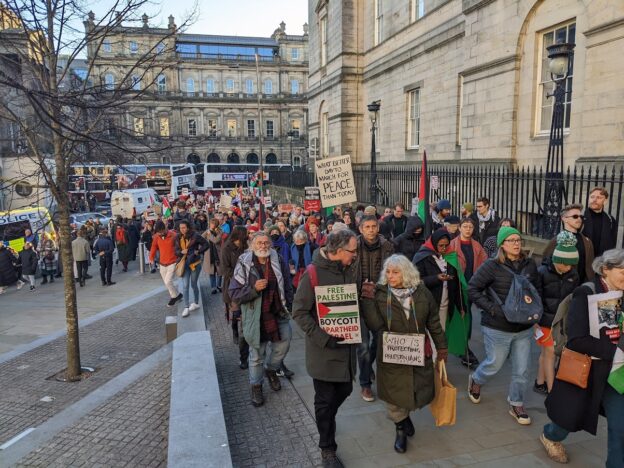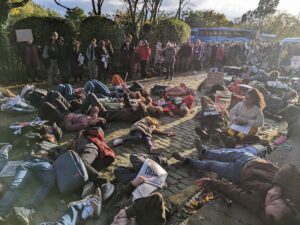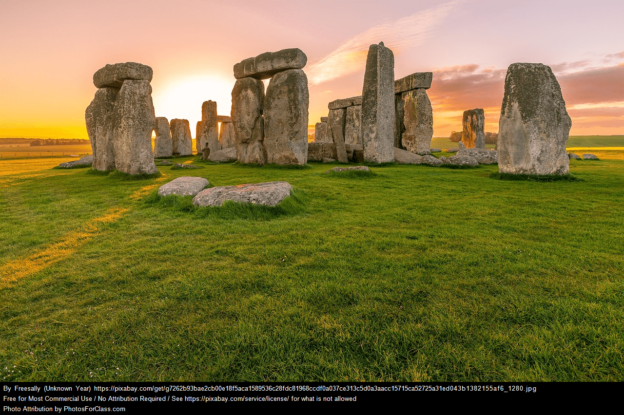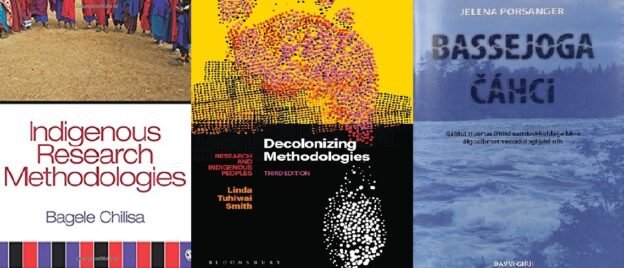In August 1952, at the Annual Conference of the Rationalist Press Association in Leicester, Marie Stopes bumped into an old acquaintance, Avro Manhattan. The focus of the conference that year was ‘The Menace of Roman Catholicism’; a topic which both Avro and Marie were already well acquainted. This was not the first meeting of these two figures— they had met briefly before the war and were both part of a literary circle in the UK that encompassed writers like H.G Wells, George Bernard Shaw etc—but it was this encounter that sparked the close friendship that would quickly form a love affair.
Marie Stopes (1880-1958) was a scientist and birth control campaigner. She famously wrote the controversial sex manual, Married Love (1918) and set up the first birth control clinic in the UK. The promotion of contraception provoked conflict with the Roman Catholic Church throughout her career. After many unsuccessful attempts to disseminate her work on the BBC, she felt utterly censored and concluded that Catholics had infiltrated the BBC and the film industry in the UK and sought to destroy her work. Her fight with the Roman Catholic Church was also legal; in the 1920s she lost a high-profile libel case and various subsequent appeals against a Roman Catholic doctor who had accused her of using the poor as an experiment in birth control. By the 1950s, this conflict with the Catholic Church in its various forms entirely consumed her; believing that Catholics had their ungodly tentacles into every aspect of political, social, and cultural life of the United Kingdom, Ireland, and the USA.
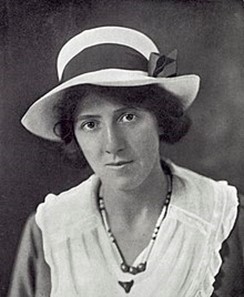
Marie Stopes, (1918)
Baron Avro Manhattan (1914-1990) was an Italian aristocrat, writer, poet, and artist who had been exiled during the Second Italo-Ethiopian War and resided in the UK permanently after 1945. During the Second World War, Avro ran a clandestine freedom radio, broadcasting to Italian and French partisans over the BBC. As mentioned, he was also a writer, and his chosen interest was the global danger of the Roman Catholic Church. His book, The Catholic Church Against the Twentieth Century (1947) argued that the Catholic Church sought the spiritual and political domination over modern society throughout the world (p. 450). His work, The Vatican in World Politics (1949) was a bestseller. In 1952, Avro was handsome, accomplished, and shared many of the same opinions as Stopes on religion, eugenics, and, most importantly, the Roman Catholic Church.

Avro Manhattan (1957)
The meeting of Avro Manhattan and Marie Stopes in Leicester in 1952 was cut prematurely short. Avro had come down with a bad case of tonsillitis and left the conference early, much to the displeasure of Marie. Just days after the conference, Marie sent a letter enquiring after his health and seeking further information about Japan and Roman Catholicism—the topic of their conversation that had so enthused Marie. Unsatisfied with his response, Marie went out and bought his most recent work, Catholic Imperialism and World Freedom (1952), and read it immediately. She declared this work to be ‘a monumental and quite terrifying presentation of the urgent problem these devilish R.C.’s have concocted!’[1] In the book, Avro had built upon his earlier work concerning Roman Catholicism in the twentieth century, arguing this time that the Catholic Church sought ‘world domination… not only as a spiritual, but also as a political power, buttressed by the unshakeable conviction that it is her destiny to conquer the planet’ (page ix). Marie echoed this same argument at an Oxford Union debate in 1955, explaining that ‘the Roman Catholic Church was determined, by its very constitution, to become the only religion, and to destroy every other religion’.[2]

